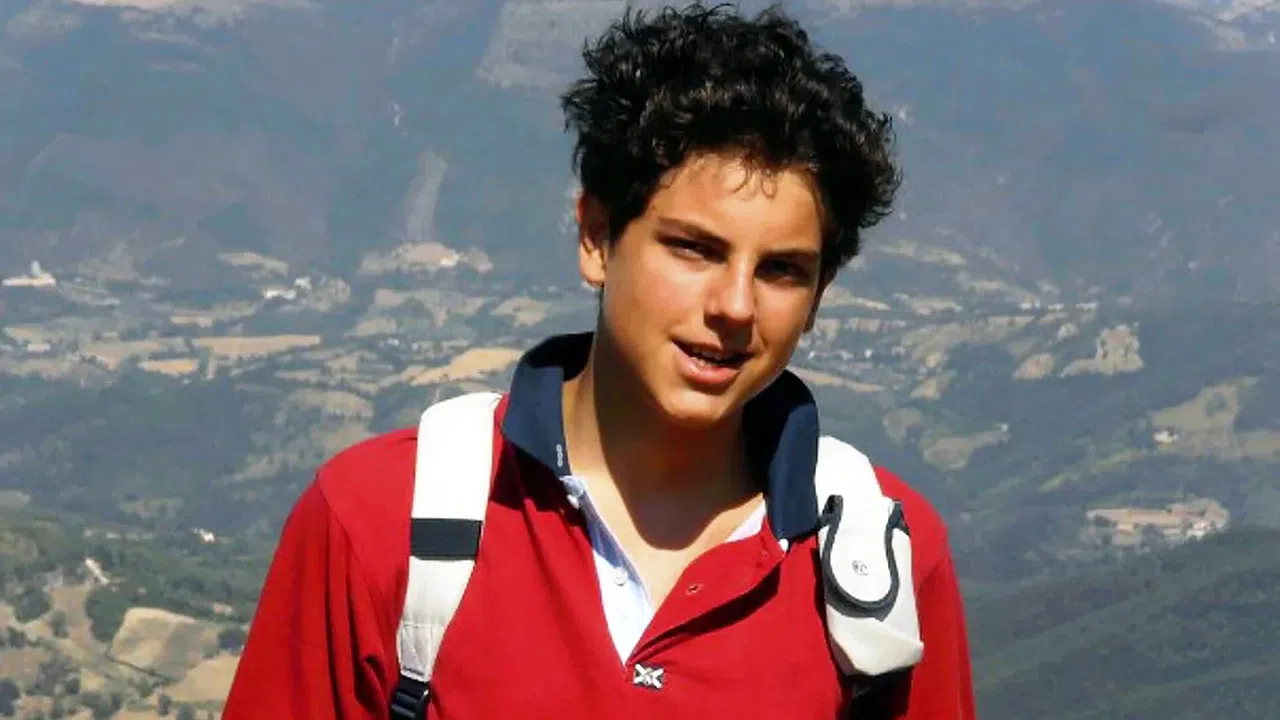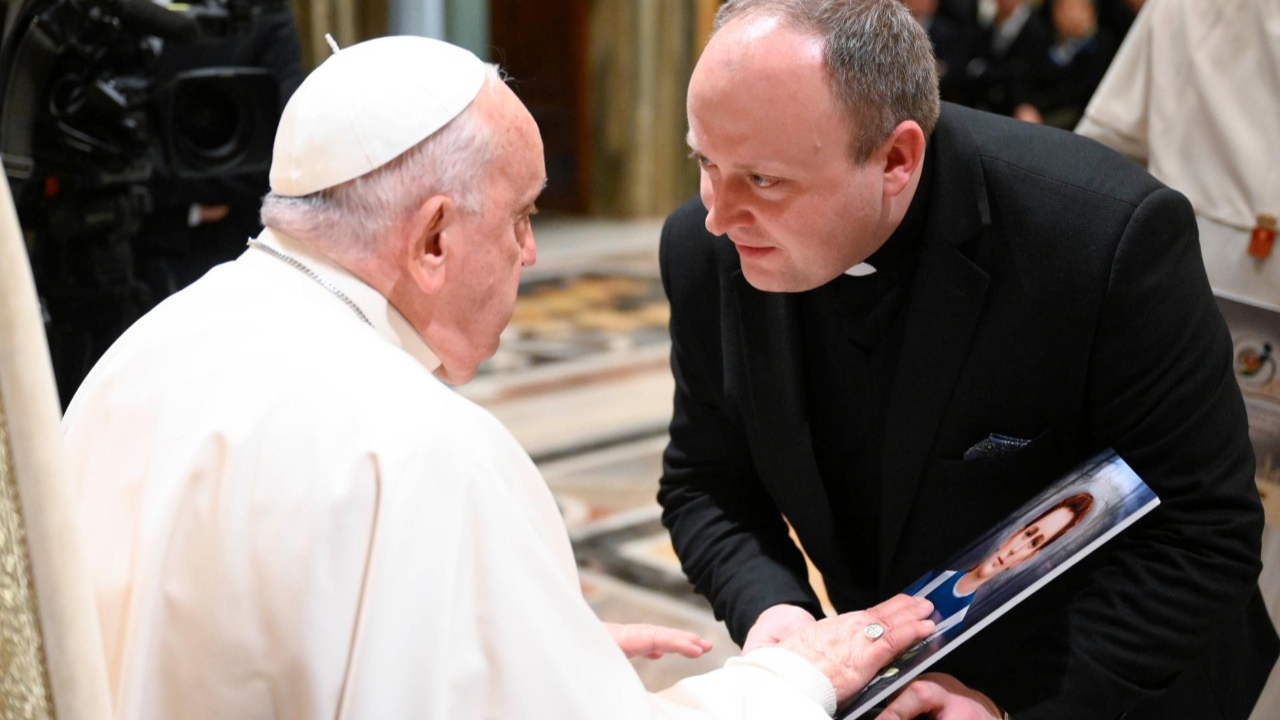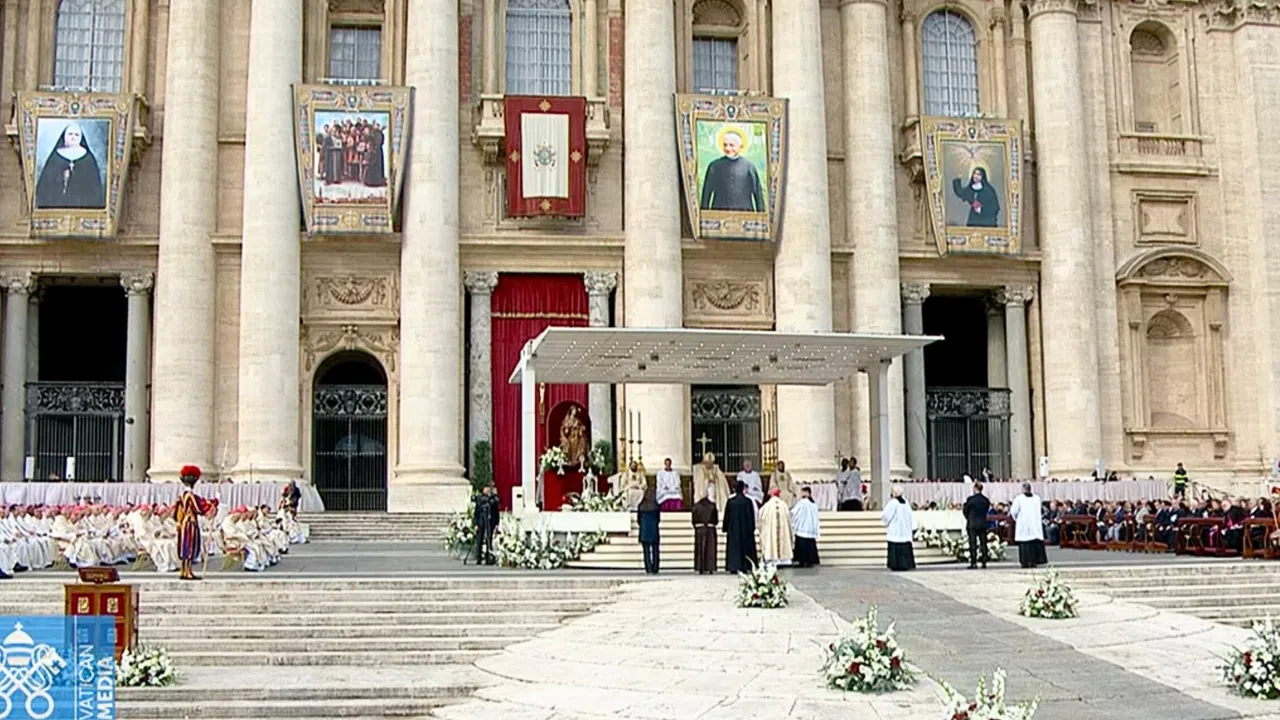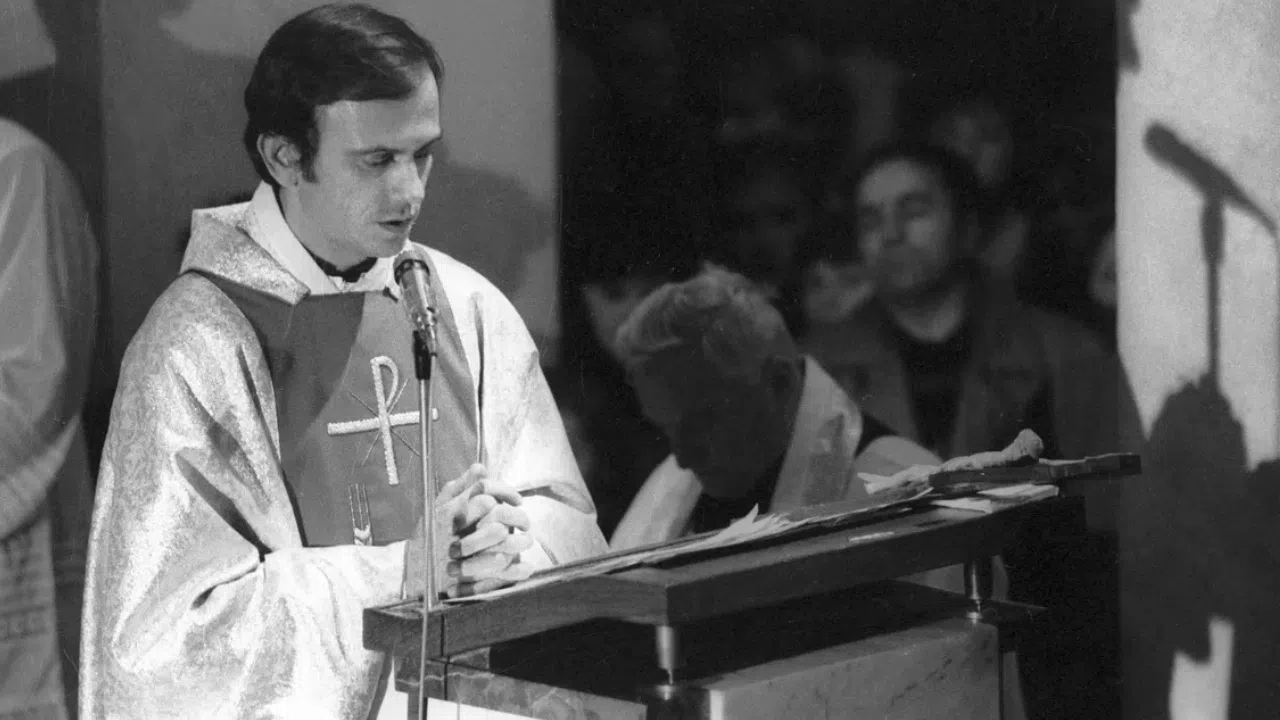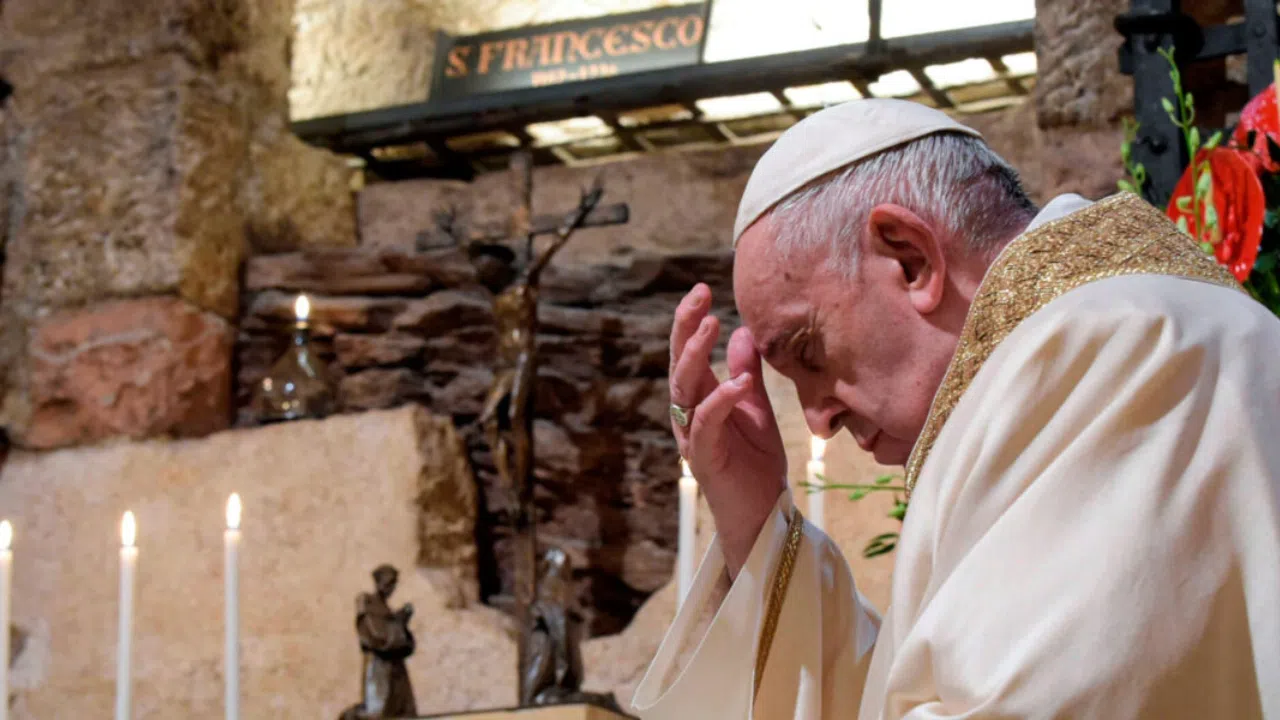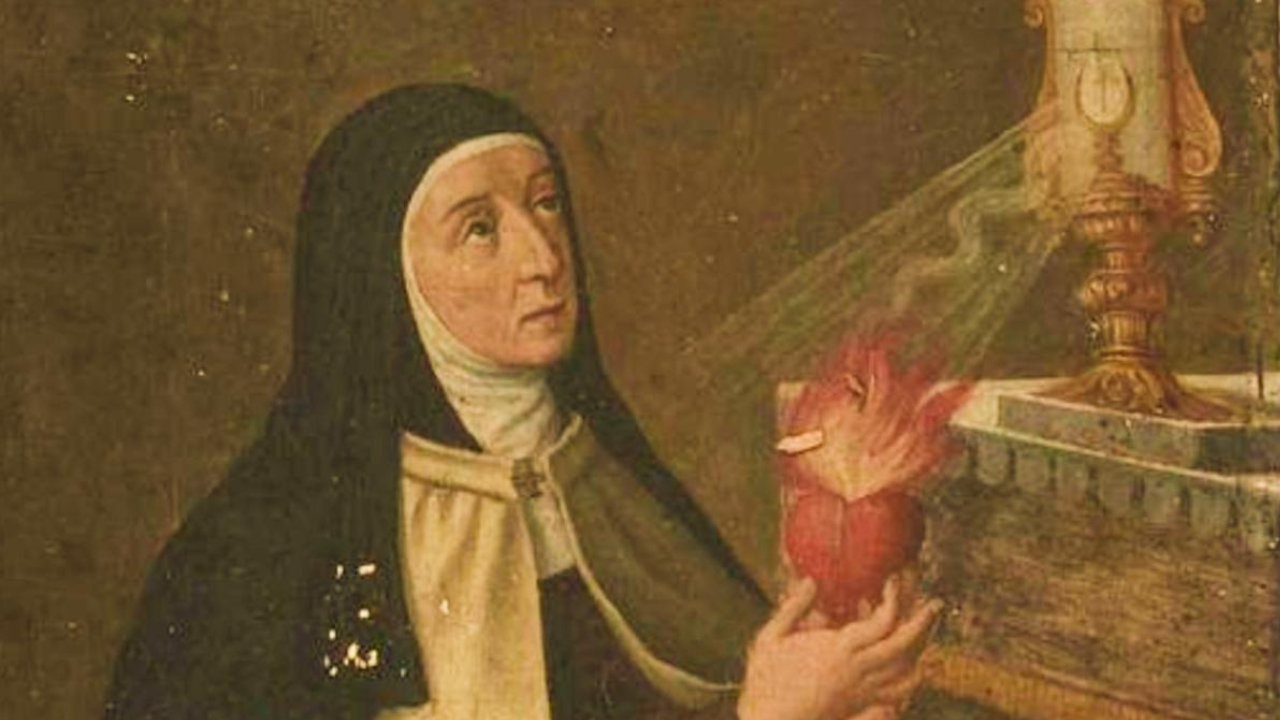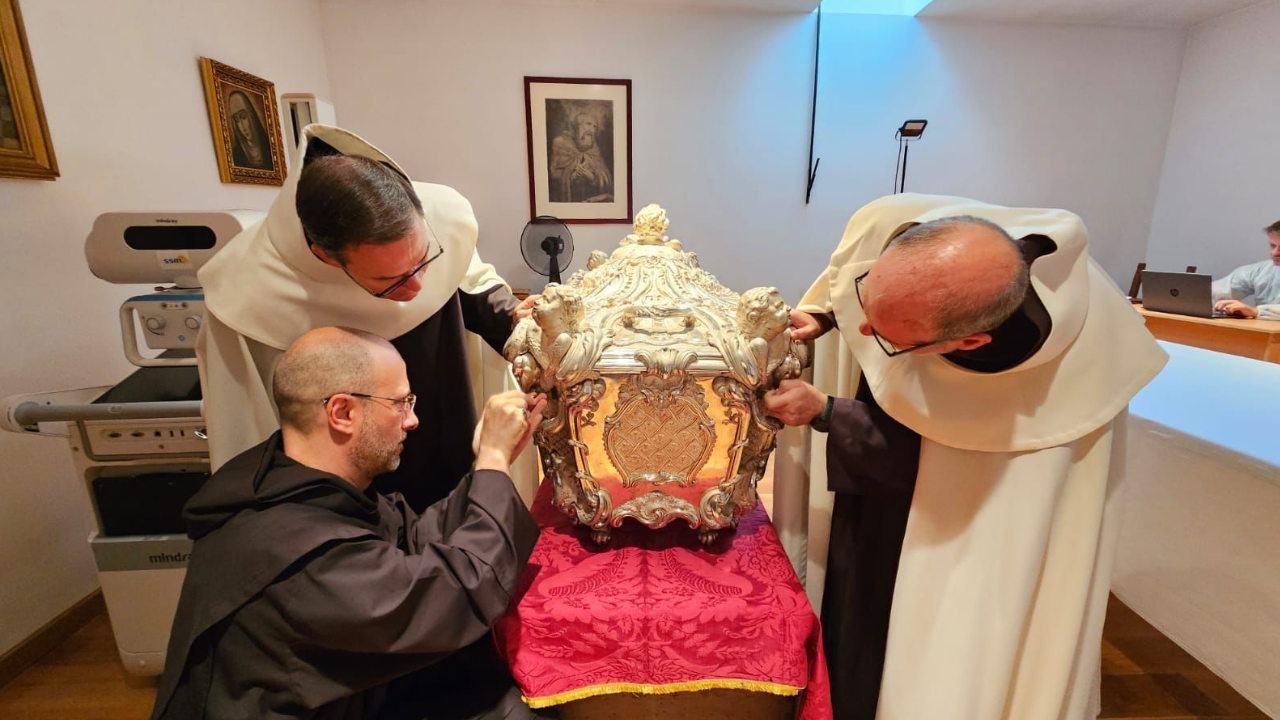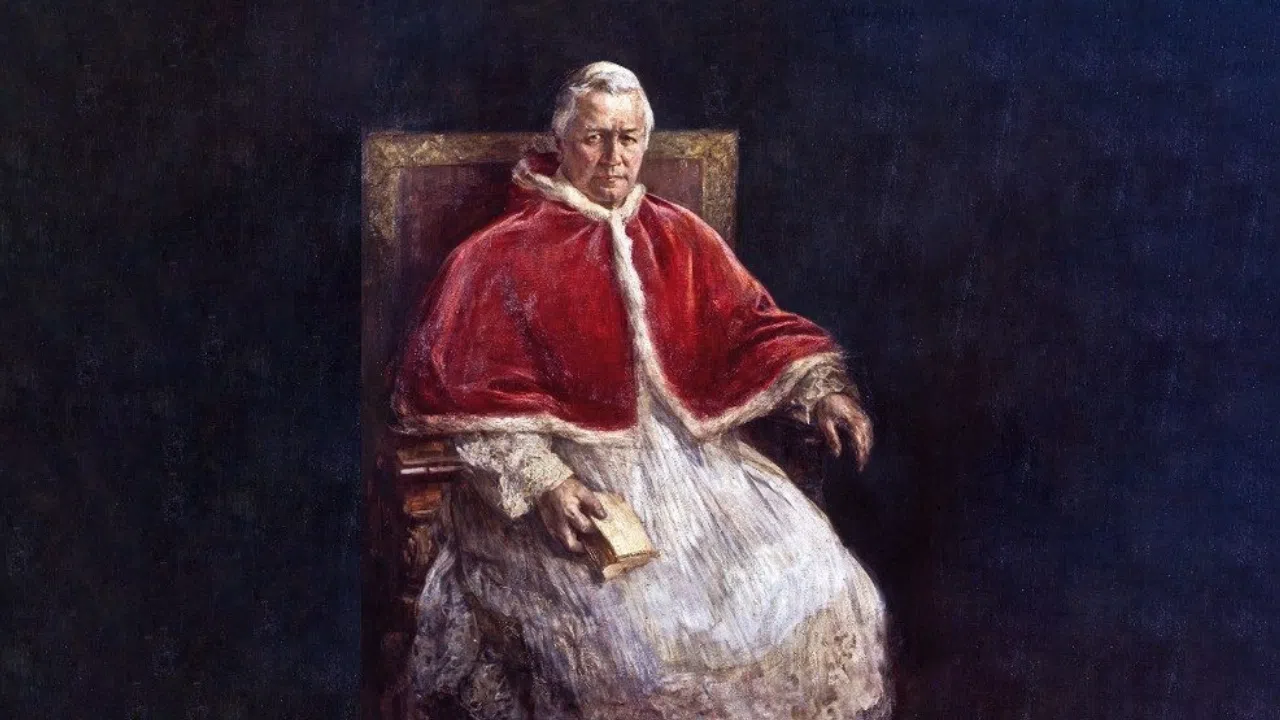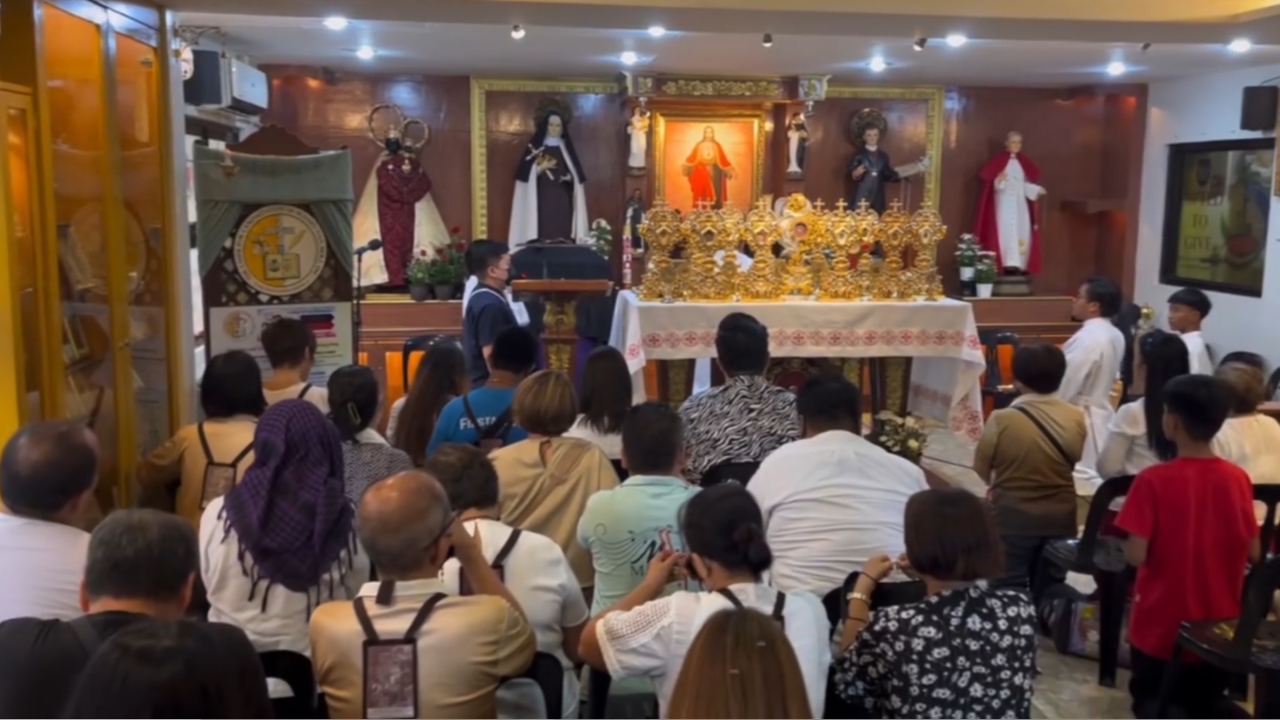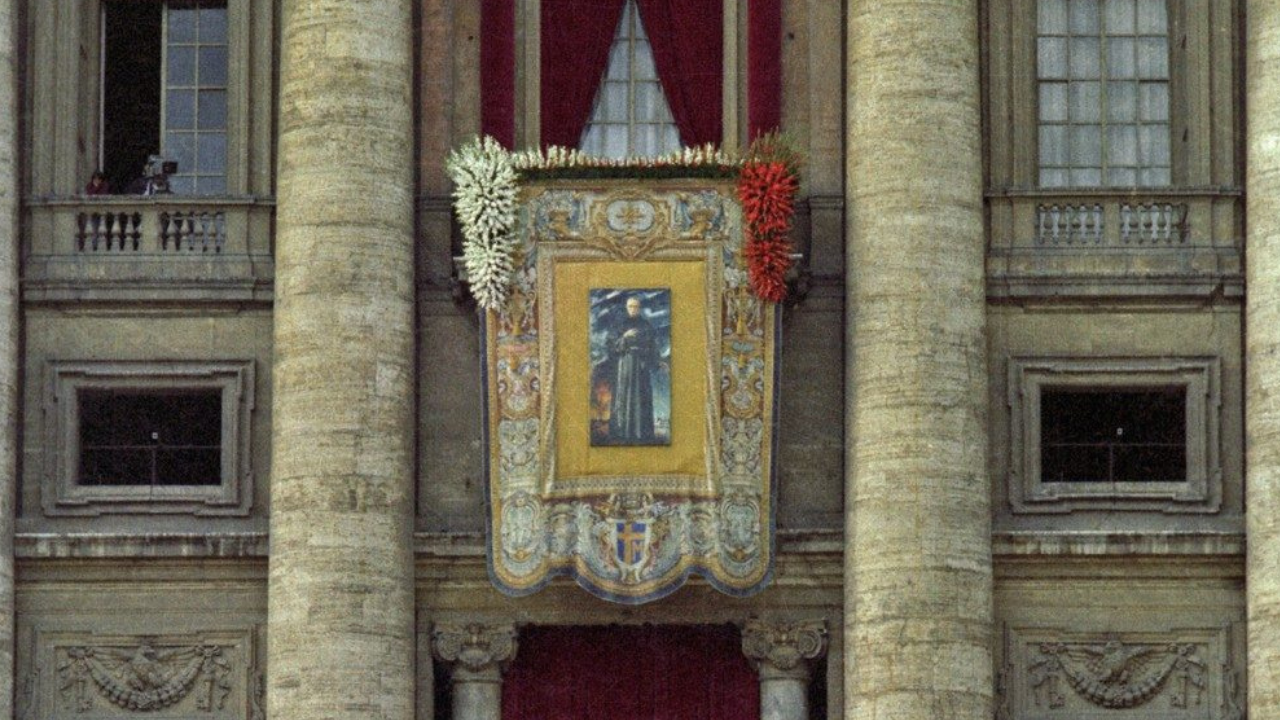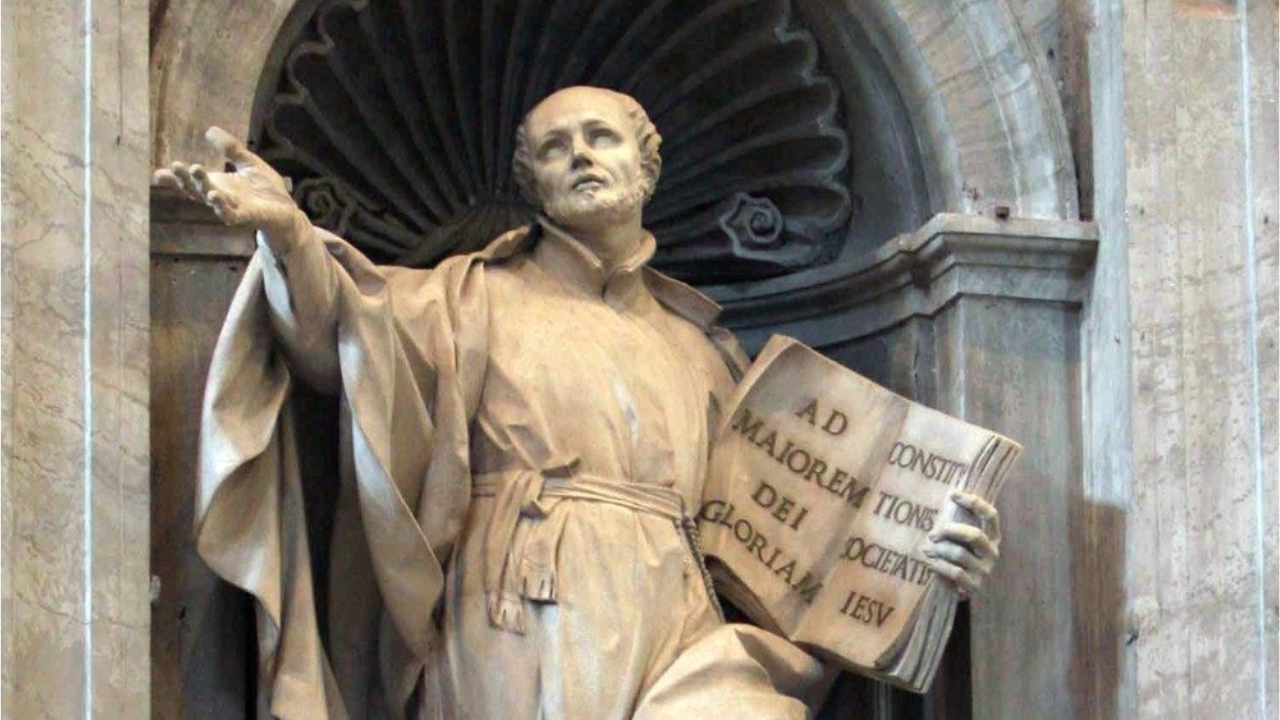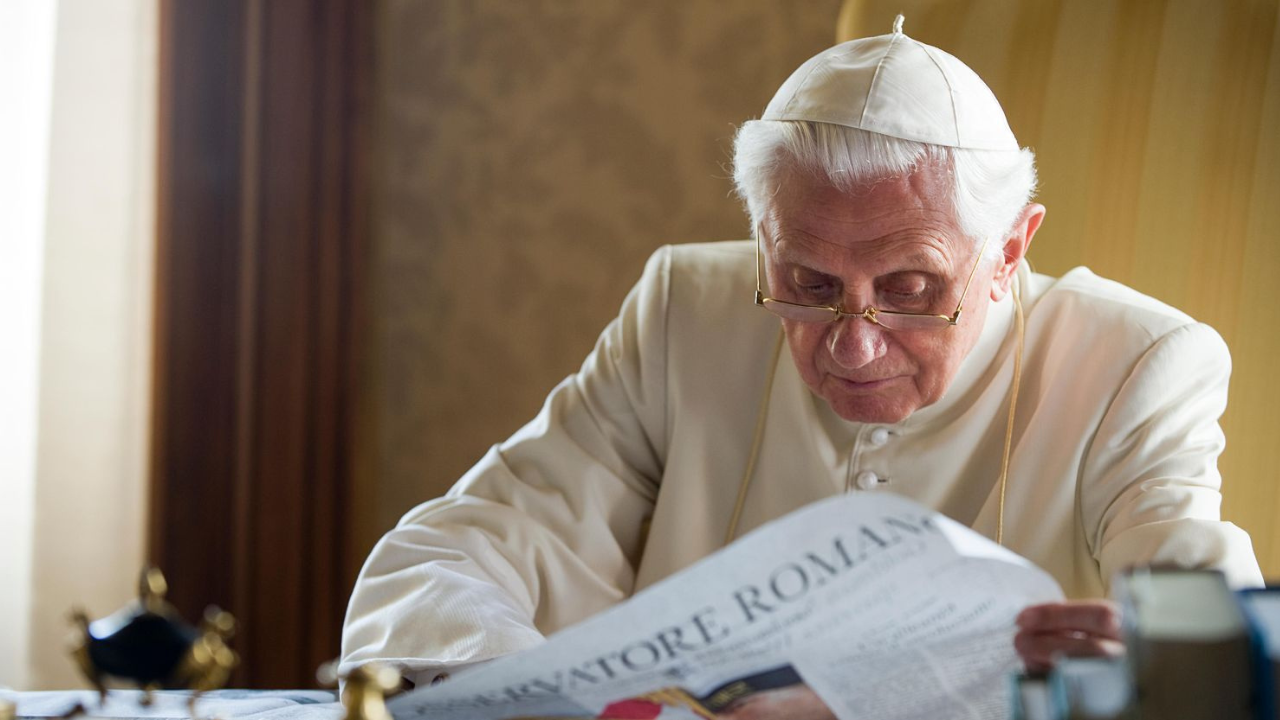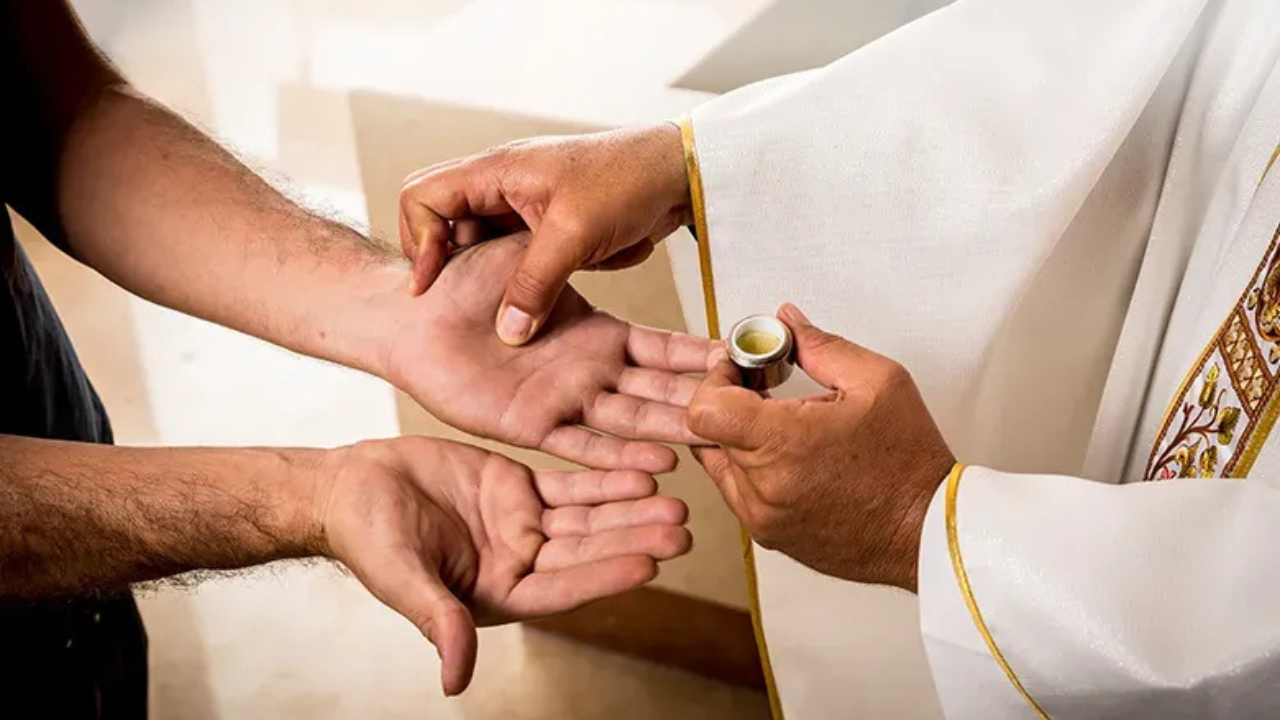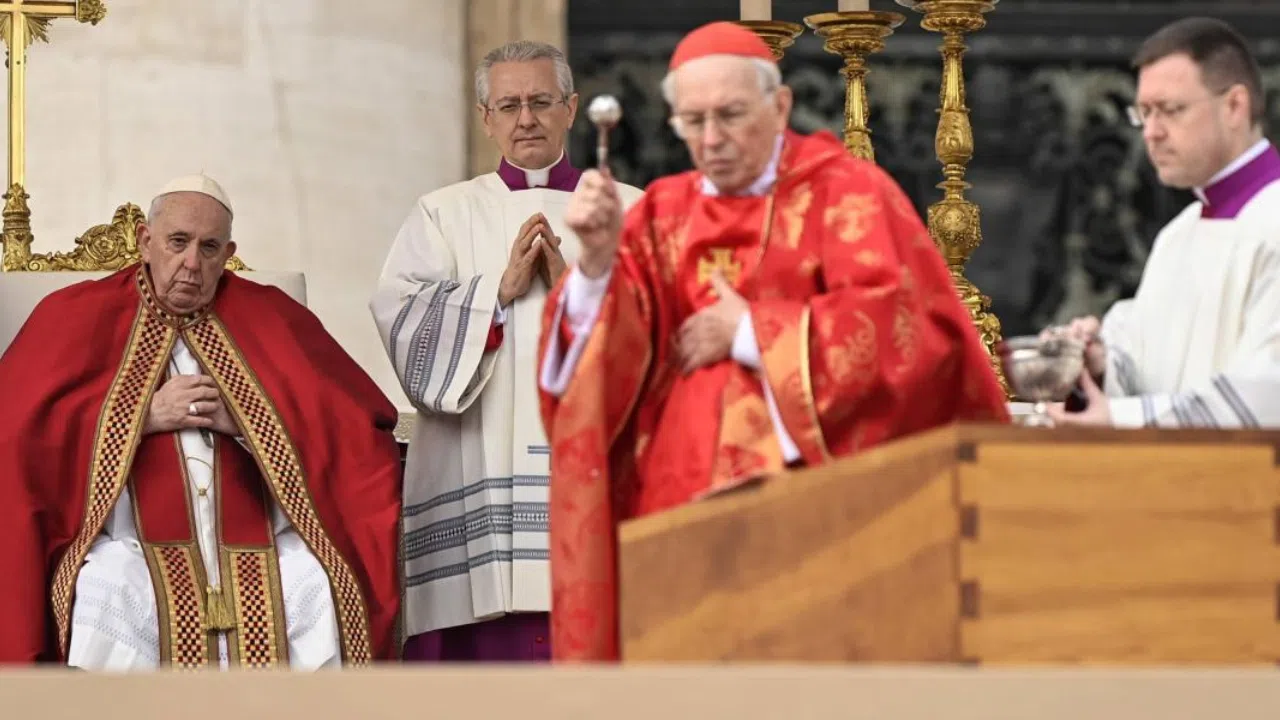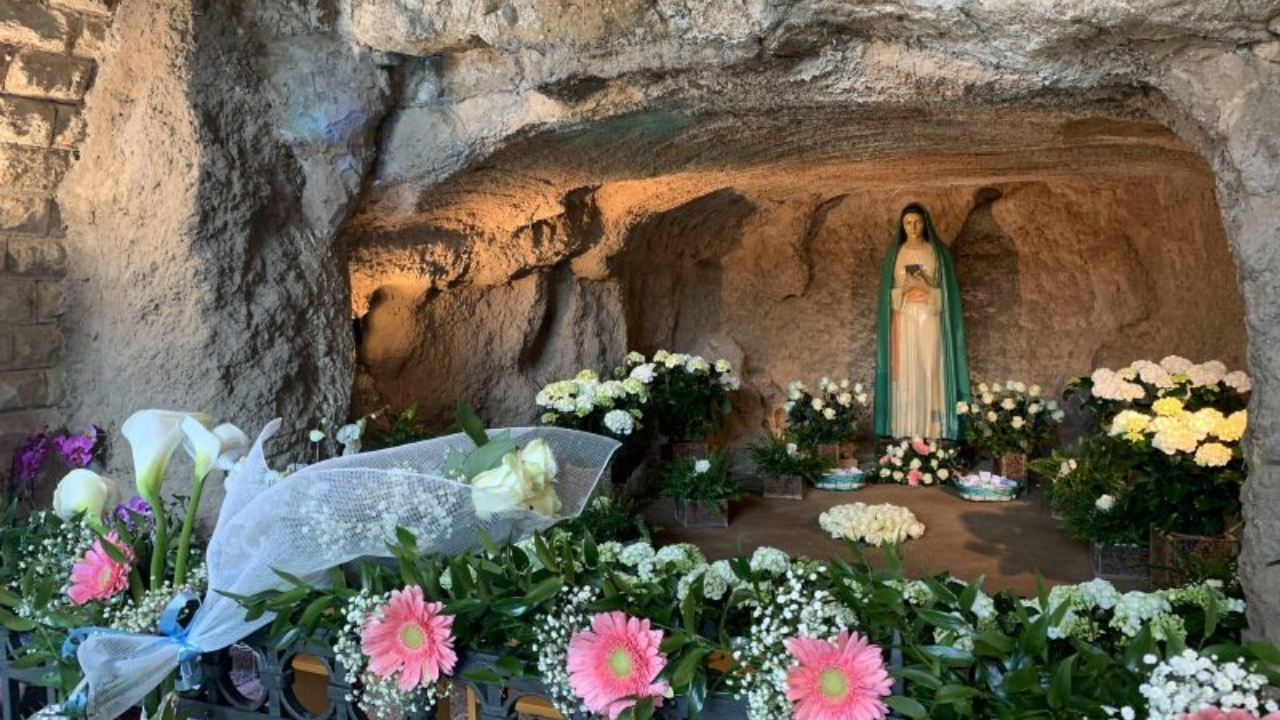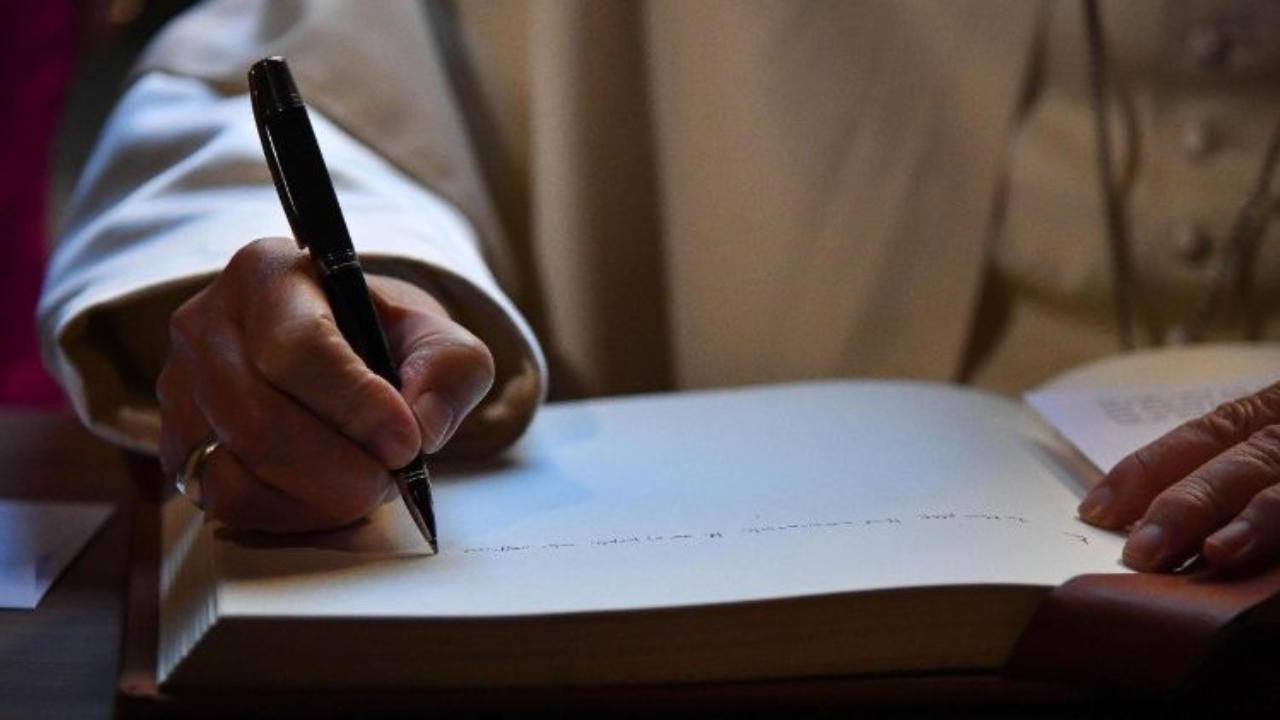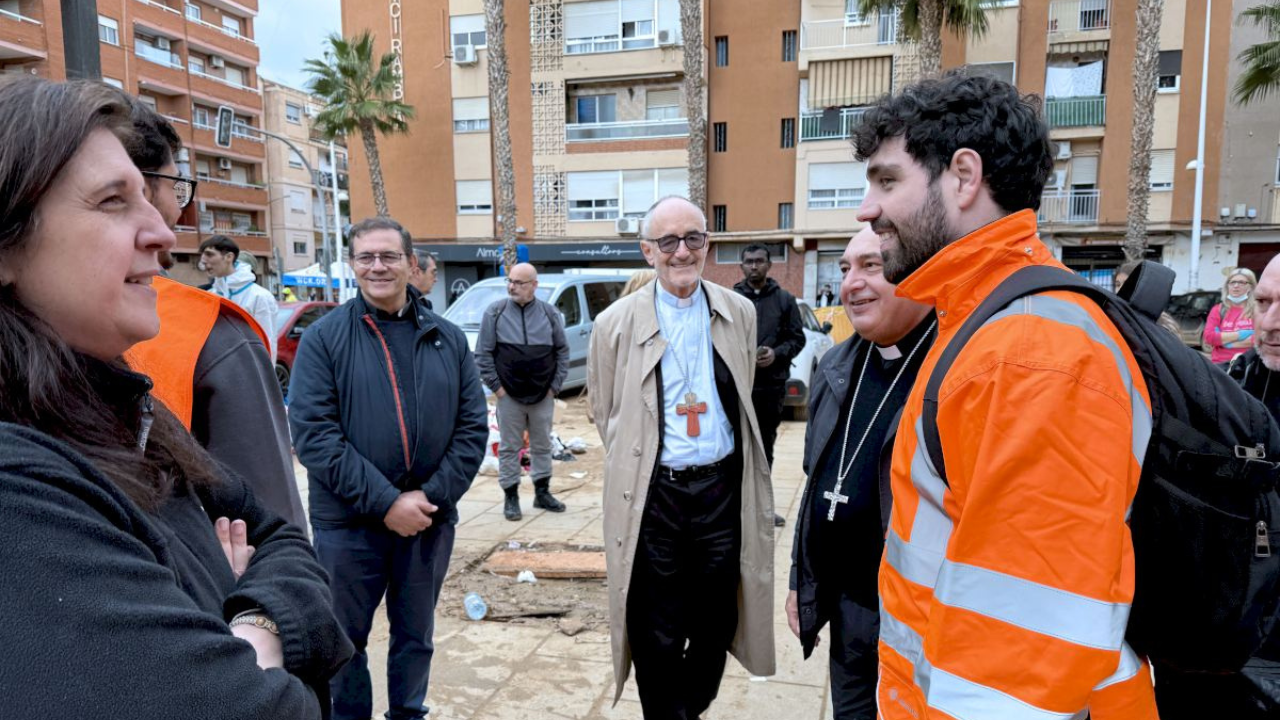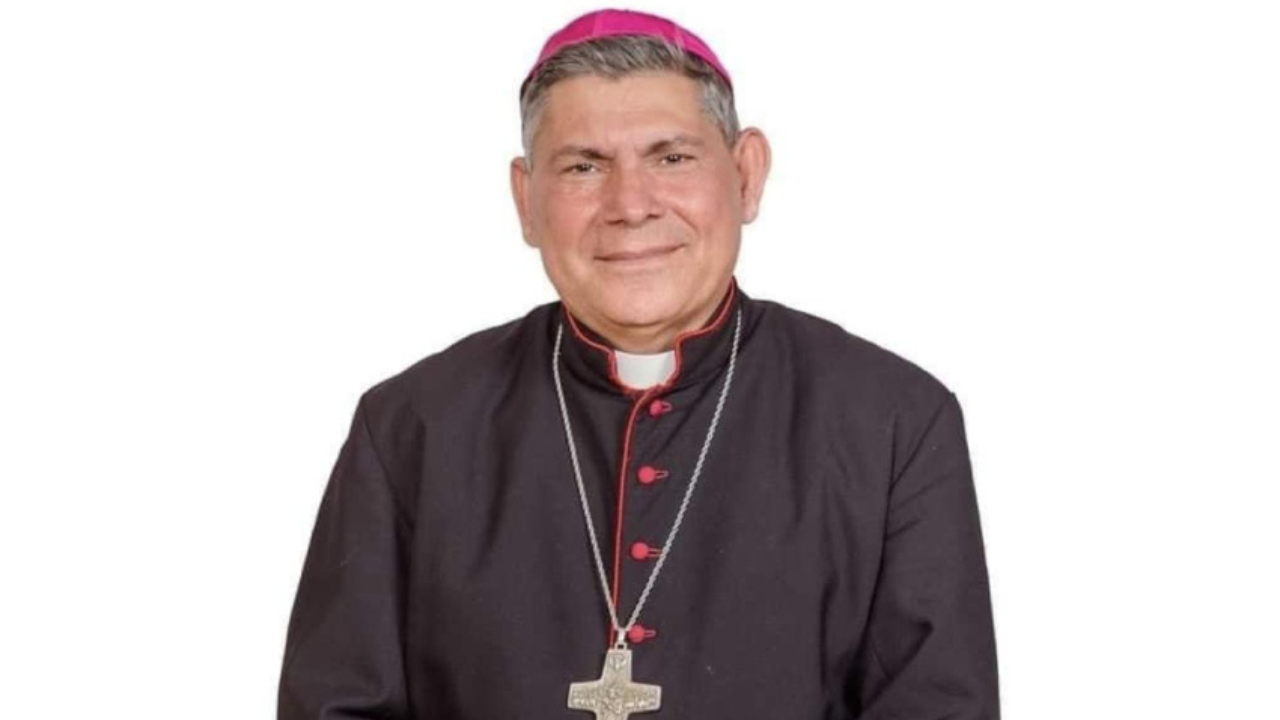The silence during the Pope's visit to Auschwitz was more eloquent than any spoken words.
He explained this himself during his general audience after his trip to Poland. He also said that in the extermination camp, he could hear and feel the souls who died there.
One was St. Teresa Benedicta of the Cross, otherwise known as Edith Stein.
She was killed in the gas chamber seven days after being sent to Auschwitz, on August 9, 74 years ago.
She was born into a Jewish family in 1891, but at 14 years old she decided to become an athiest. She was always a restless youth who constantly asked about the meaning of life and the world around her. So she chose to study philosophy.
During World War I, she first approached Catholicism for answers after seeing the pain and destruction caused by the war. However, it was reading the life of St. Teresa of Avila that finally led to her conversion.
In 1922, she was baptised and confirmed in the Catholic church. Eleven years later, she entered the convent of the Discalced Carmelites in Cologne with the name of Teresa Benedicta of the Cross. At that time, she wrote a letter to Pope Pius XI warning of the dangers of National Socialism for Germany.
In 1938, she was transferred to another convent in the Netherlands. Her superiors thought she would be safe there in a neutral country, Holland. However, one year later the Nazis occupied the Netherlands.
In retaliation to a letter from the Dutch bishops who complained of mistreatment of Jews, the Nazis emptied Holland of Jews. More than 40,000 Jews were deported, including Sister Teresa Benedicta of the Cross, who died in a gas chamber in Auschwitz.
She was beatified and canonized by John Paul II. He was a pope who, like her, knew the horrors of World War II. He also named her the patron of Europe in October 1999.
